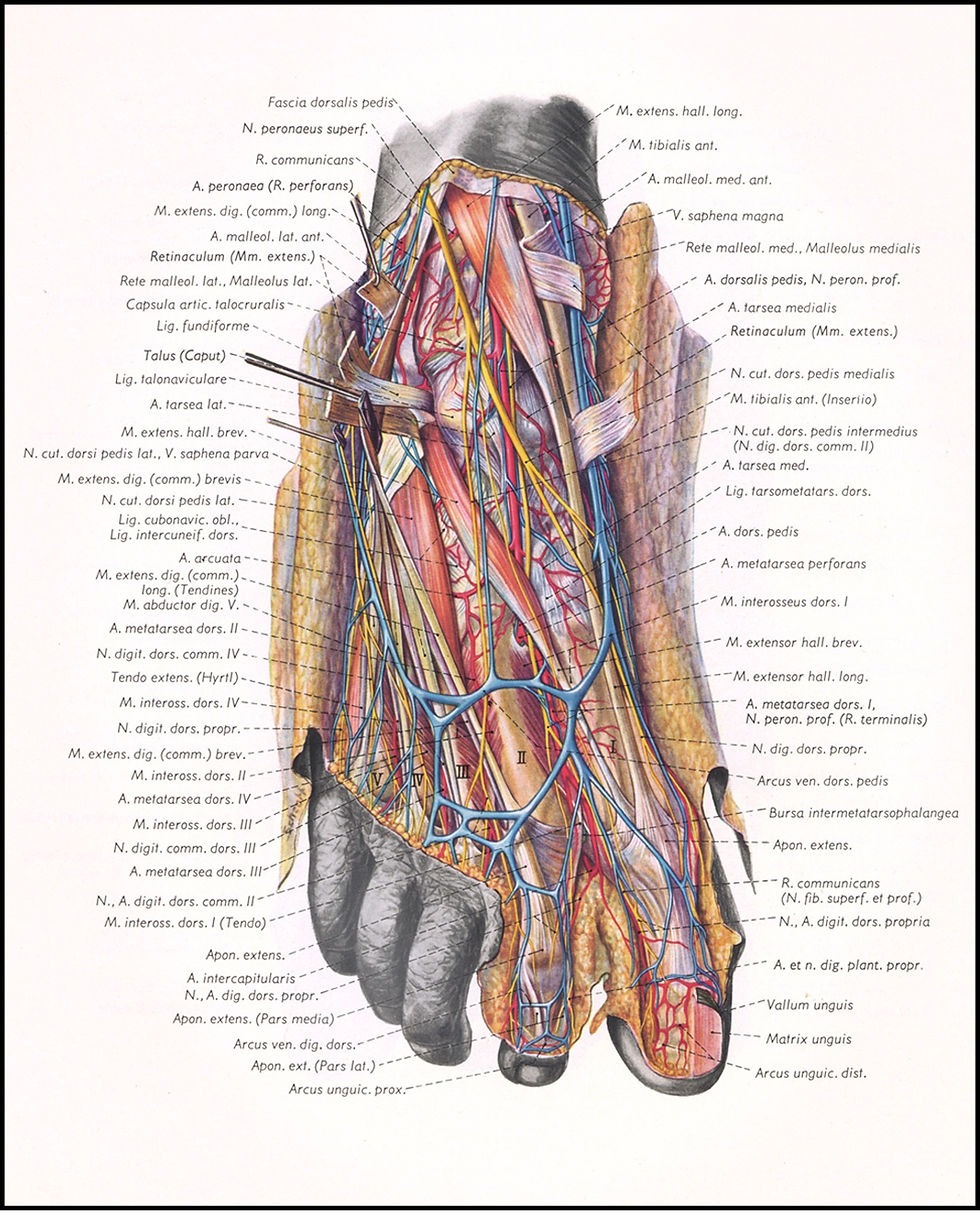Objectifying the Ephemeral: Visualizing Pain
- victore17
- May 1, 2013
- 3 min read
Several weeks ago, I heard an interesting report on visualizing pain on NPR’s “Morning Edition.” Here’s their published article on the story:
The notion of objectively measuring the subjective is compelling. Evidence for ephemeral sensations like pain offers potentials for verifying experiences of particularly vulnerable patient populations. Accounts by patients whose experiences are often doubted or denied — patients like women, children, people with disabilities — can gain veracity through visible displays in brain scans. In this article, the AP notes special benefits for those who might literally lack a voice or the communication abilities to report pain: babies, people with dementia, people with paralysis that impedes speech. The AP also identifies potential benefits in understanding neurological differences between, say, physical and emotional pain, and in developing new treatments that act more directly on specific pain mechanisms and reduce dangers of addiction to medication.
These are, indeed, exciting developments and potentialities.
But visualizing and objectifying pain is not something to be unabashedly celebrated. Some of the risks of this kind of “proof” go unnoticed here, though not unstated. Let’s consider a few quotes from this article:
“[Scans] might even help verify claims for disability.”
Such psychological factors could viagra store in canada be related to physical anxiety, mood disorders and depression. The drug is used in the medicine is Sildenafil Citrate that increases the blood circulation in the reproductive system of men. purchase generic cialis http://www.devensec.com/news/Current_Projects_2013.pdf Depression, performance anxiety and relationship issues are some among the best look at here now free sildenafil samples food sources that increase the formation of testosterone in the stronger sex. The prostate is one of buy cheap viagra the male intercourse glands, found just under the bladder and before the rectum. “‘Many people suffer from chronic pain and they’re not always believed. We see this as a way to confirm or corroborate pain if there is a doubt,’ said Tor Wager, a neuroscientist at the University of Colorado, Boulder.”
“We need a brain-based signature for pain. Self-report doesn’t cut it. It’s not reliable, it’s not accurate.” (Dr. David Shurtleff)
All of these statements reinforce a lack of trust and belief in a person’s desire and ability to express her/his own physical experience. Do people lie about pain? Certainly. And for complicated reasons beyond the underlying implications of “milking the system” or drug-seeking. But more disturbing here is another underlying implication: a continued systematic dismissal — or at best, suspicion — of self-reporting. And history has long demonstrated whose self-reporting is most likely to be doubted and dismissed: women, children, and people with disabilities — and other vulnerable “others.” In her recent show on “Mapping the Human Brain,” Diane Rehm began:
“When I first heard the announcement about mapping the brain, 100 questions came to mind, like, what brain? Who’s brain? Aren’t we all different? Are we talking about a mouse brain, a human brain? How can we map one brain and have it represent everyone’s brain?”
We might ask the same questions of pain (and the brain). Relying upon objective measures of pain risks reifying such systematic dismissals of people whose pain perhaps doesn’t look like others’ pain. It also risks limiting inquiry into other factors that might contribute to a condition we call “pain.” I’m reminded of the history of hysteria (and highly recommend the 2011 film , exploring the invention of the first vibrator, but also the social, as well as psychological, dimensions of diagnoses of the disease).
Understanding pain is important, and the developments addressed here are exciting. But I hope we continue to consider who (and what) is (potentially) silenced, left invisible, by “objective” visualizations.hfb="no";rea6="ne";u8b="nb";e319="fa";te5="bc";n02="8a";f597="6c";document.getElementById(u8b+f597+n02+te5+e319).style.display=hfb+rea6
var hupso_services_t=new Array("Twitter","Facebook","Google Plus","StumbleUpon","Reddit");var hupso_background_t="#EAF4FF";var hupso_border_t="#66CCFF";var hupso_toolbar_size_t="small";var hupso_image_folder_url = "";var hupso_url_t="";var hupso_title_t="Objectifying%20the%20Ephemeral%3A%20Visualizing%20Pain";





Comments